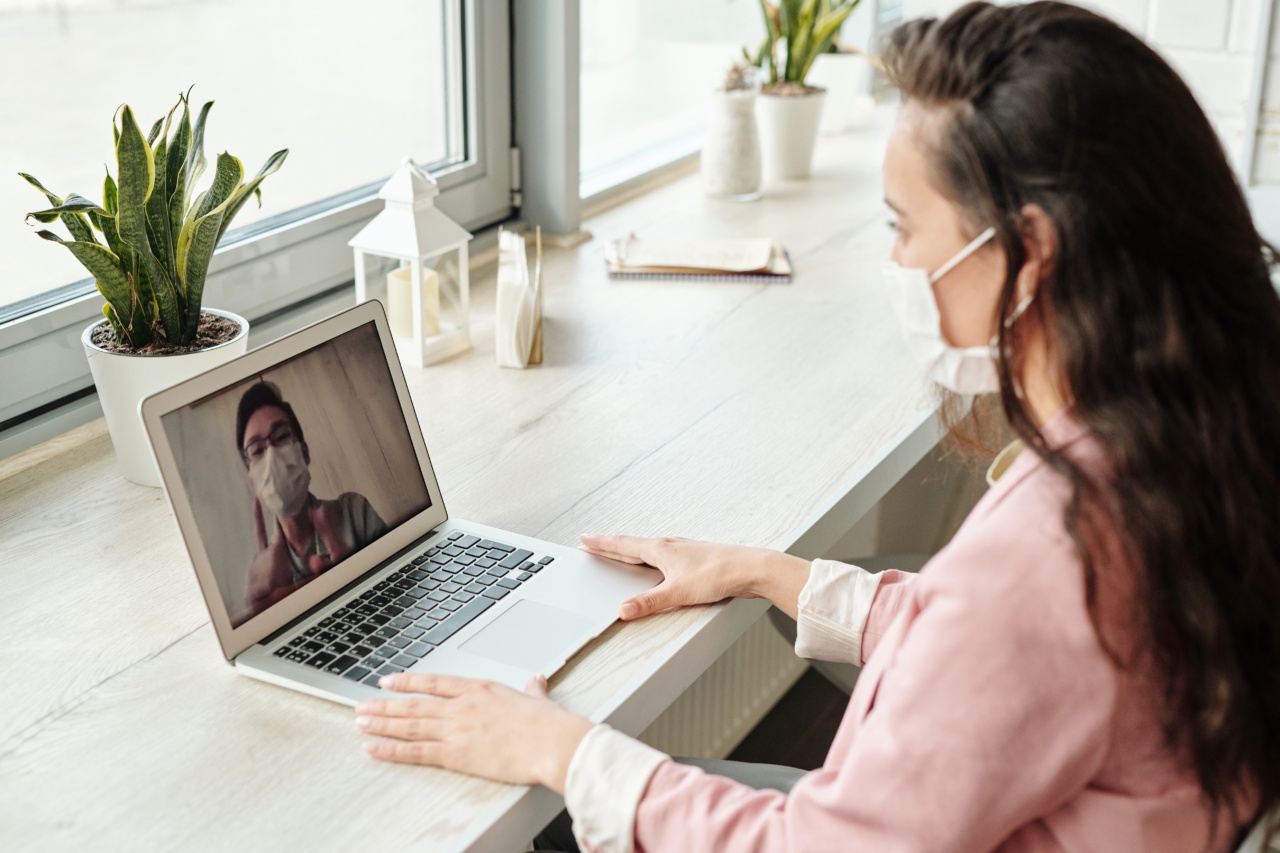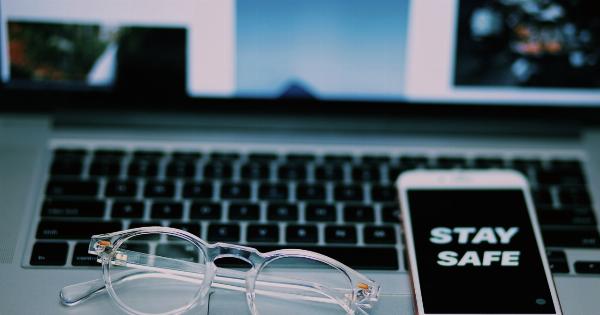With the ongoing threat of infectious diseases, it is important for individuals to take precautions to protect themselves and others, especially in a work environment.
The workplace can be a breeding ground for germs and viruses, as employees interact closely and share common spaces. In this article, we will discuss various strategies and guidelines to help in beating the virus at work.
1. Maintain Good Hygiene Practices
One of the most important steps in preventing the spread of viruses is maintaining good hygiene practices. This includes regular handwashing with soap and water for at least 20 seconds.
Employees should also be encouraged to use hand sanitizers when soap and water are not readily available.
2. Promote Respiratory Etiquette
Respiratory etiquette plays a crucial role in preventing the spread of viruses, including COVID-19. Employees should be encouraged to cover their nose and mouth with a tissue or use their elbow when coughing or sneezing.
Additionally, used tissues should be disposed of immediately and hands should be washed or sanitized afterwards.
3. Encourage Vaccinations
Vaccinations are highly effective in preventing the transmission and severity of many contagious diseases. Employers should strongly encourage their employees to get vaccinated against common viruses, such as influenza.
This can significantly reduce the risk of outbreaks within the workplace.
4. Implement Social Distancing Measures
Social distancing is a key strategy in preventing the spread of viruses. Employers should consider rearranging office layouts to ensure employees can maintain at least six feet of distance from one another.
Additionally, non-essential gatherings and meetings should be avoided or conducted virtually.
5. Regularly Clean and Disinfect Common Areas
Frequently touched surfaces and common areas, such as doorknobs, elevator buttons, and shared equipment, should be regularly cleaned and disinfected.
Employers should provide adequate cleaning supplies and encourage employees to wipe down their individual workstations as well.
6. Encourage Remote Work when Possible
Remote work is an effective way to minimize the risk of virus transmission in the workplace. Employers should consider implementing remote work policies for employees whose job responsibilities allow for it.
This reduces the number of individuals physically present in the office and helps maintain social distancing.
7. Provide Personal Protective Equipment (PPE)
In certain work environments where close contact or exposure to potential pathogens is unavoidable, employers should provide appropriate personal protective equipment (PPE). This may include masks, gloves, face shields, or gowns.
Training on proper usage and disposal of PPE should also be provided.
8. Communication and Education
Effective communication and education are crucial in keeping employees informed about virus prevention measures.
Regularly update employees on the latest guidelines from health authorities, provide informational posters and flyers, and conduct training sessions or workshops to educate employees on best practices.
9. Encourage Sick Employees to Stay Home
Sick employees should always be encouraged to stay home and seek medical attention if necessary. Employers should create a supportive environment and ensure that employees are aware of sick leave policies.
This helps prevent the spread of viruses and protects the overall well-being of the workforce.
10. Monitor and Adapt
Lastly, it is important for employers to continuously monitor the situation and adapt their response accordingly. Stay updated on local health department guidelines and recommendations.
Regularly assess the effectiveness of implemented measures and make necessary adjustments to ensure the safety and well-being of employees.




























